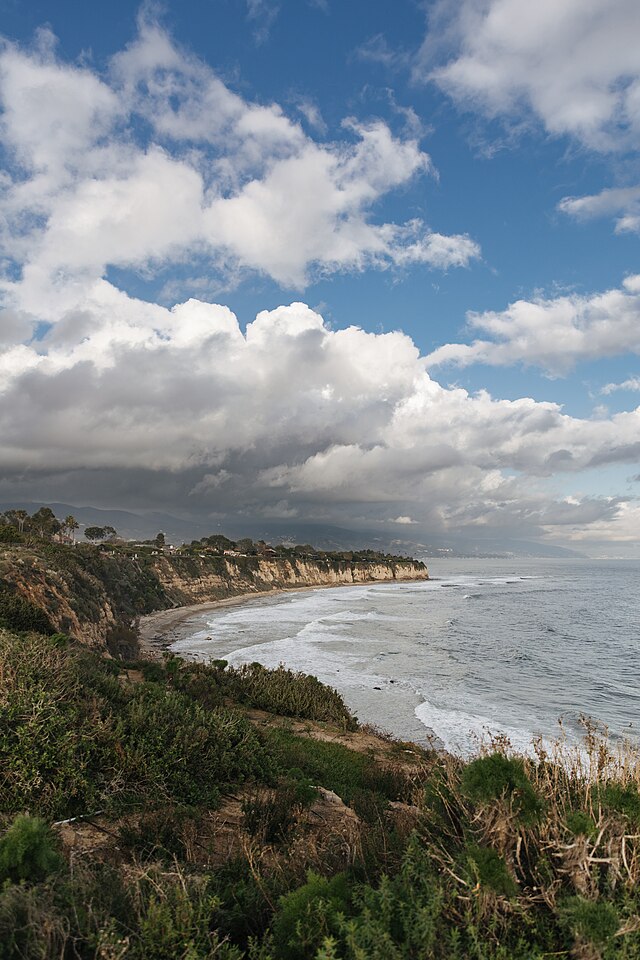Wildfire and the Santa Monica Mountains

Understanding the natural environment of the Santa Monica Mountains is crucial for homeowners looking to protect their properties from wildfires. This region’s Mediterranean ecosystem has evolved to experience infrequent but intense fires, which play a vital role in maintaining ecological balance. By recognizing this natural fire regime, homeowners can implement informed strategies to enhance their property’s resilience.
The native shrublands of the Santa Monica Mountains are fire-adapted and rely on periodic burns to clear out dead vegetation, promote seed germination, and maintain biodiversity¹. These natural fires, though often seen as destructive, are essential for the regeneration of various plant species and the overall health of the ecosystem. However, human activity and the introduction of invasive plant species have disrupted this natural cycle, leading to more frequent, hotter, and more dangerous wildfires. Invasive species, such as non-native grasses, dry out quickly and create a continuous fuel source that increases both fire spread and intensity².
To mitigate these risks, homeowners should focus on creating defensible space around their properties. This means removing excess vegetation, trimming tree branches near structures, and maintaining fire-safe landscaping. Creating at least 30 feet of defensible space significantly lowers the chances of a wildfire reaching your home and allows firefighters to defend the property more effectively³.
Incorporating fire-resistant native plants into landscaping is another effective strategy. Native species are adapted to the local climate and fire regime, making them less likely to ignite compared to non-native plants. Additionally, removing invasive, fire-prone species like cheatgrass and fountain grass can reduce wildfire intensity and prevent flames from spreading toward structures⁴.
Understanding the role of fire in the Santa Monica Mountains also highlights the importance of community-wide efforts in fire mitigation. Fire spreads indiscriminately, so individual home hardening is only part of the solution. Community initiatives, such as invasive species removal programs, fuel reduction projects, and prescribed burns, are essential for keeping wildfires within their natural ecological cycle⁵.
By aligning home protection strategies with the natural fire-adaptive characteristics of the Santa Monica Mountains, homeowners can reduce wildfire risk while supporting the long-term health of the ecosystem. Fire mitigation is not just about individual action—it’s about working with the environment rather than against it.
Sources
1. “Fire Ecology of the Santa Monica Mountains,” National Park Service
2. “The Impact of Invasive Plants on Wildfire Behavior,” California Invasive Plant Council
3. “How to Prepare for Wildfires in Santa Monica,” City of Santa Monica
4. “Native and Fire-Resistant Landscaping in Fire-Prone Areas,” California Fire Safe Council
5. “Restoring the Santa Monica Mountains for Wildfire Resilience,” TreePeople

